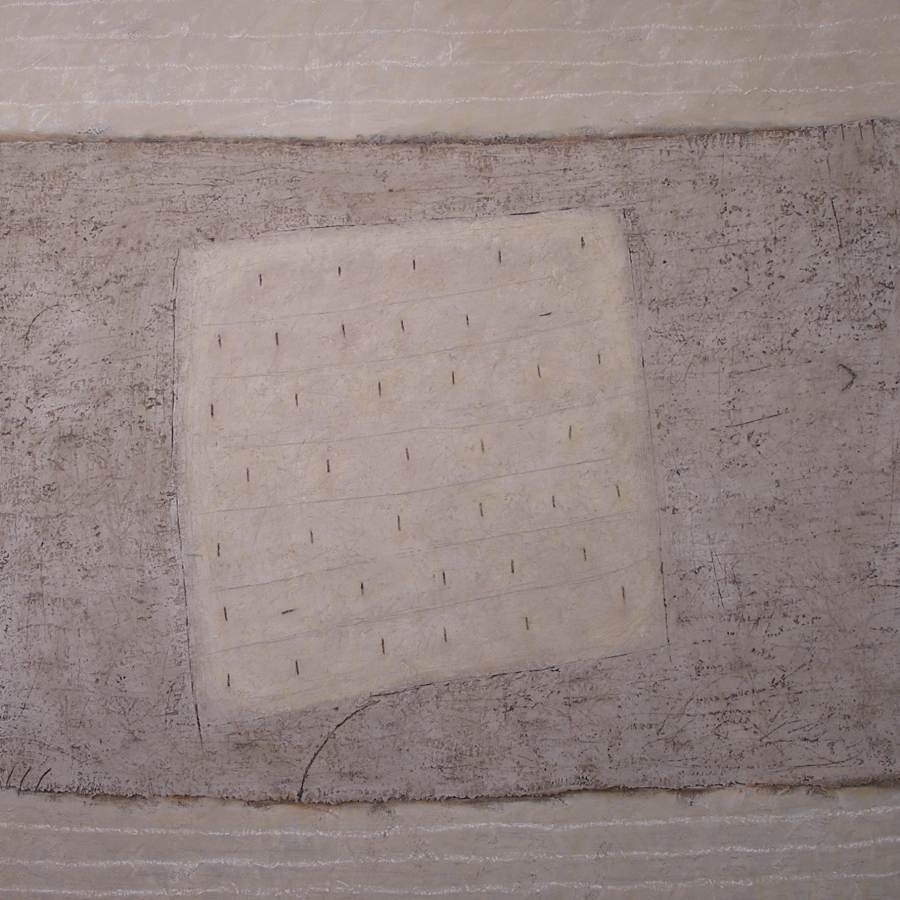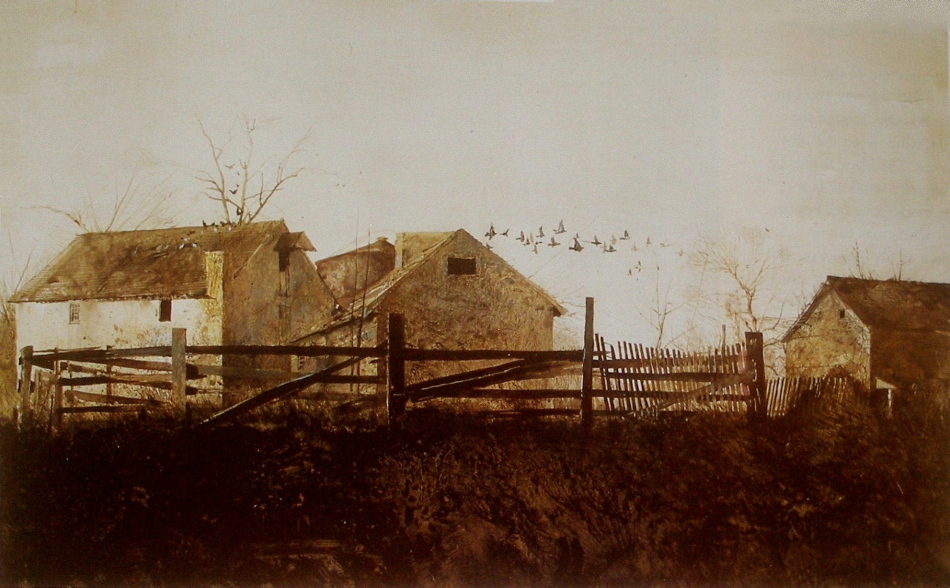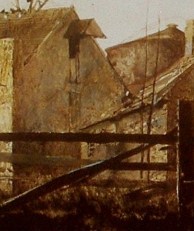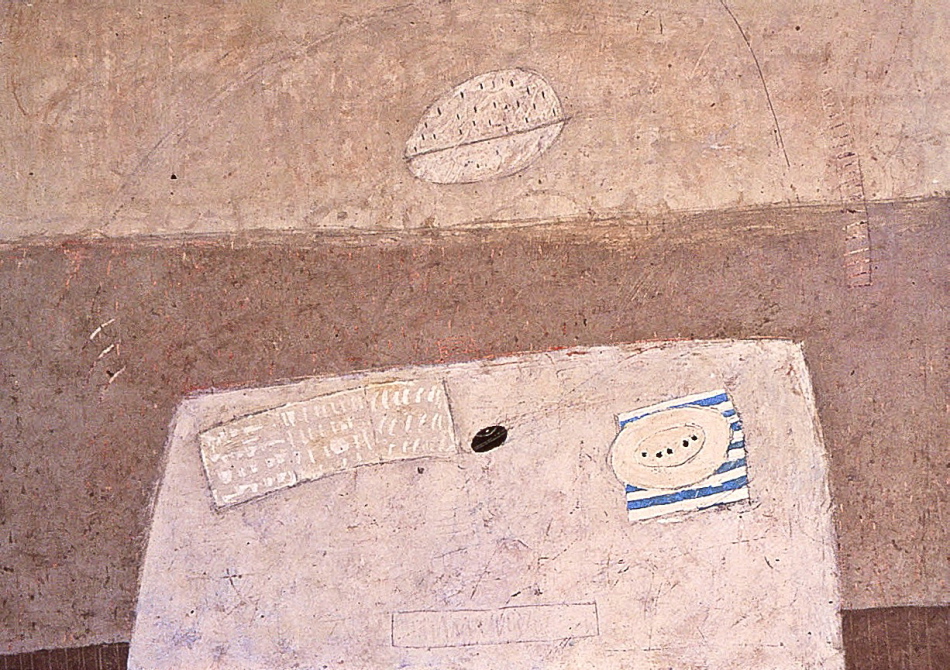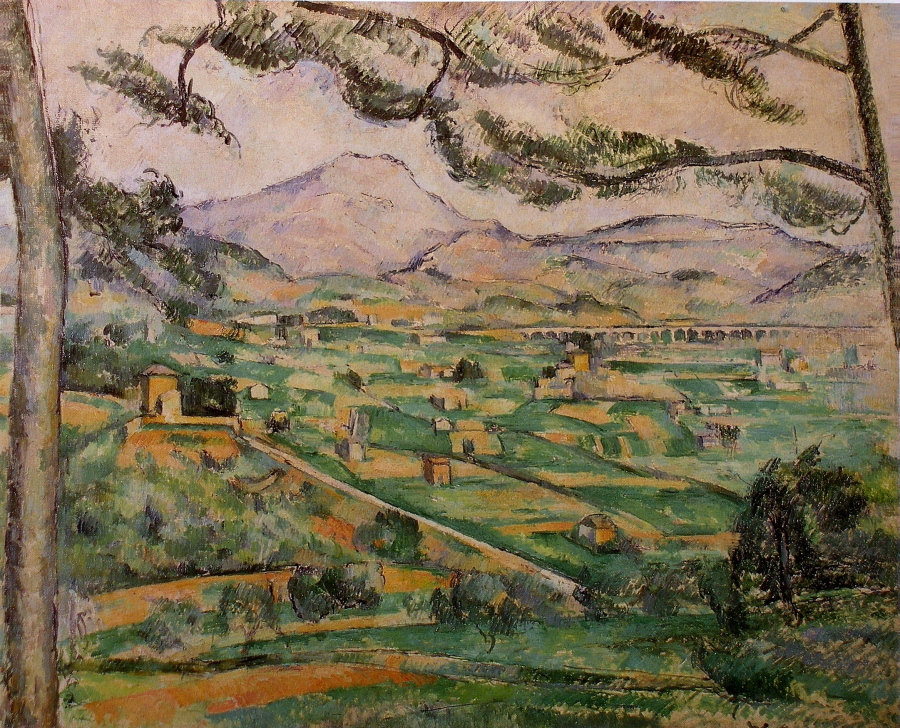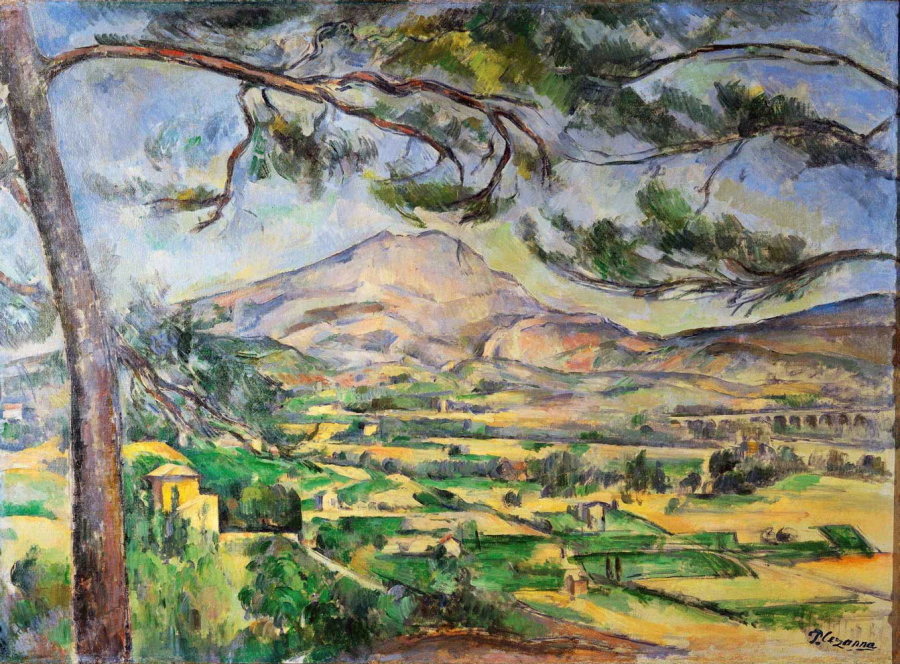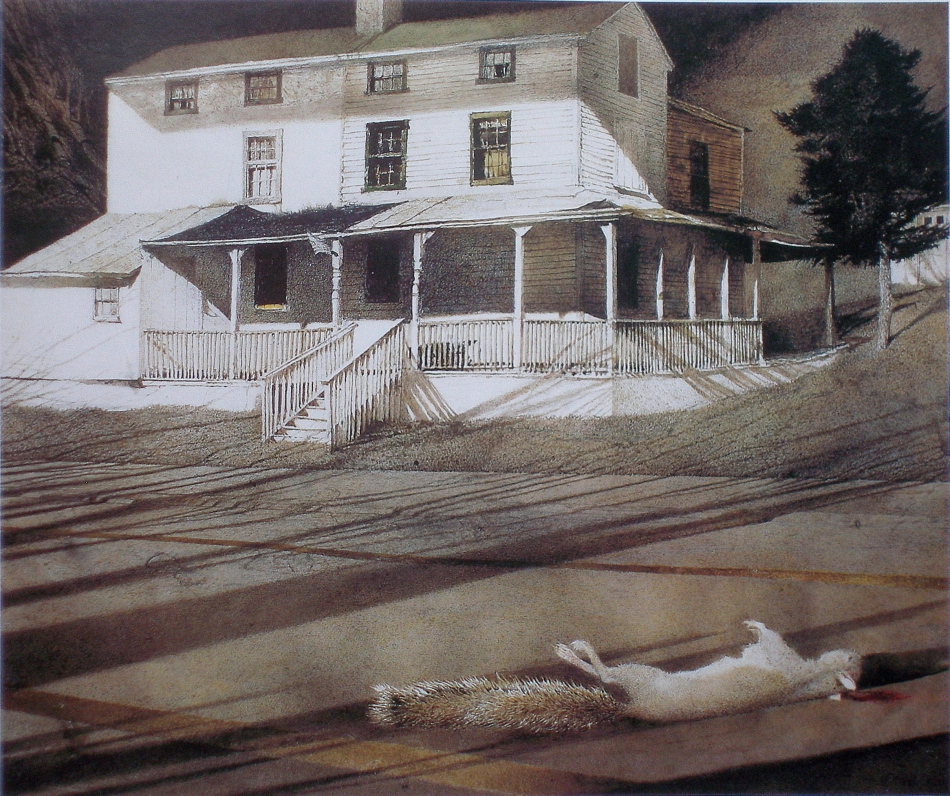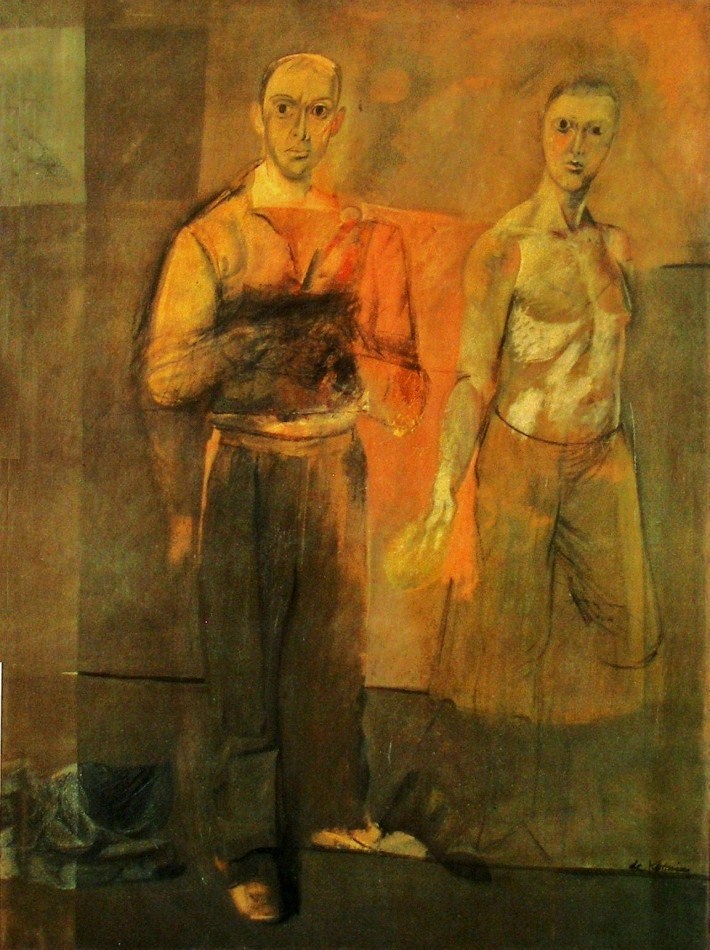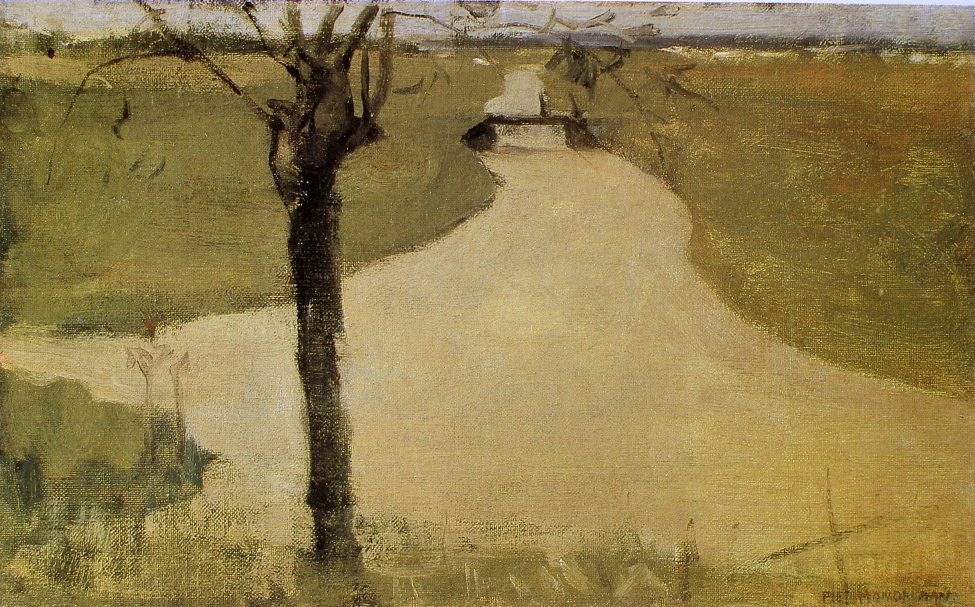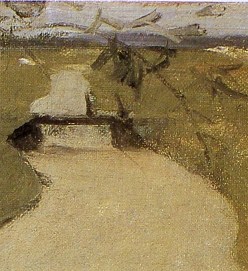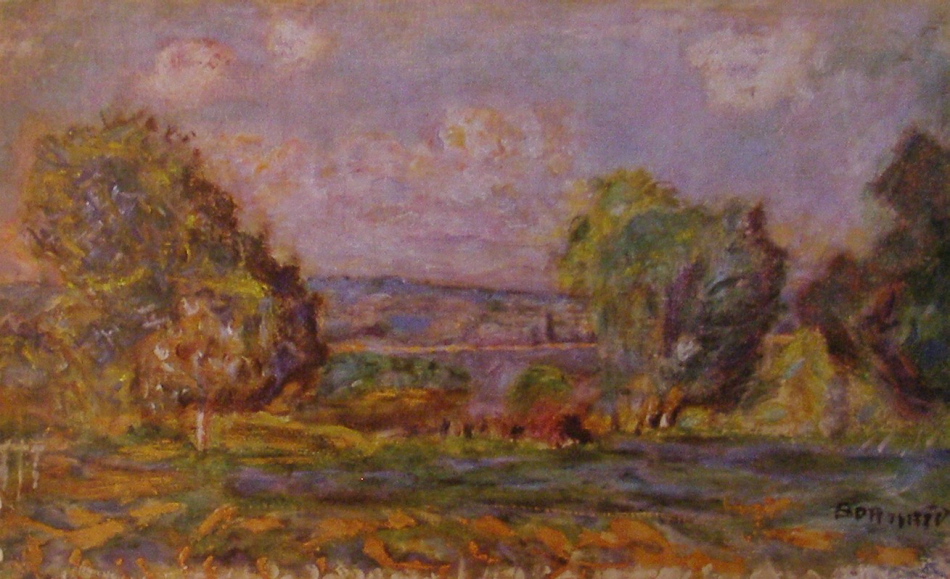
Pierre Bonnard - Landscape Near Vernon - 1915 - 38 x 56 cm - oil
This landscape by Bonnard is a superb example of how a master, whether instinctively or intentionally, provides structure when developing a composition. I say this because a good artists will not permit their formulas to overrule their intuition.
There is a wonderful horizontal rectangle formed by a small white vertical at it’s left and a small bright green tree providing the right vertical, the top is formed by a roadway running behind the tree. When you see it and feel it’s impact on the composition, I hope you will appreciate the sophistication. And remember the viewer does not have to see it, a master is very aware of the power of suggestion and knows we connect to shapes subconsiously.
The tree shapes are magnificent. Try to feel the movement provided by the parallels of their shapes, particularly that wonderful squarish shape at the right edge and how it supports the other two trees.
I must also mention the harmonious movement in the sky. There is a square like indentation in the tree at the right edge, which provides the sense of a parallel movement with the other trees and the placement of the cloud above creates the same movement in the blue sky. I hope you can feel it as well as the wonderful integration of the other clouds with the trees.
There is another beautifully assessed rhythm leading us into the composition from the left. The harmonious relationship of the three white verticals and the white vertical which forms the left edge of that marvelous rectangle.
Bonnard was a great master painter.

